#crystal palace
Text
this is so cool omg

(+ check out the new character posters)
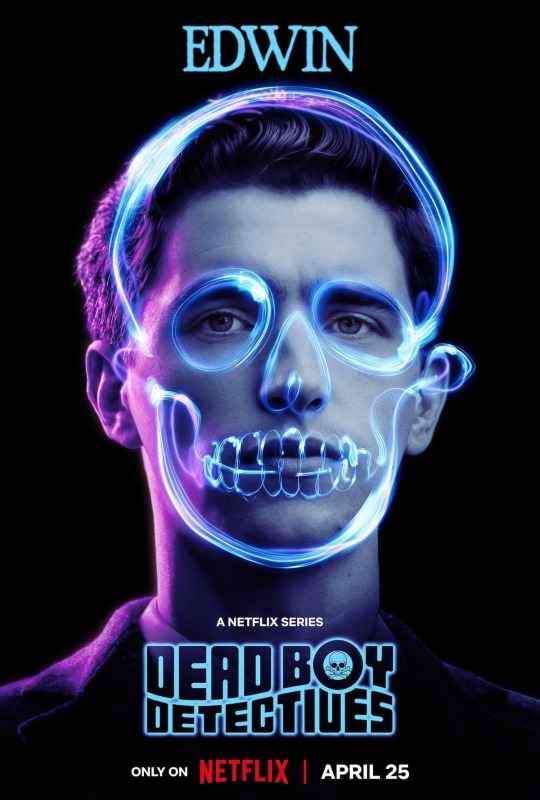



#dead boy detectives#charles rowland#edwin payne#edwin paine#crystal palace#niko sasaki#the sandman#netflix
2K notes
·
View notes
Text
instagram
208 notes
·
View notes
Text
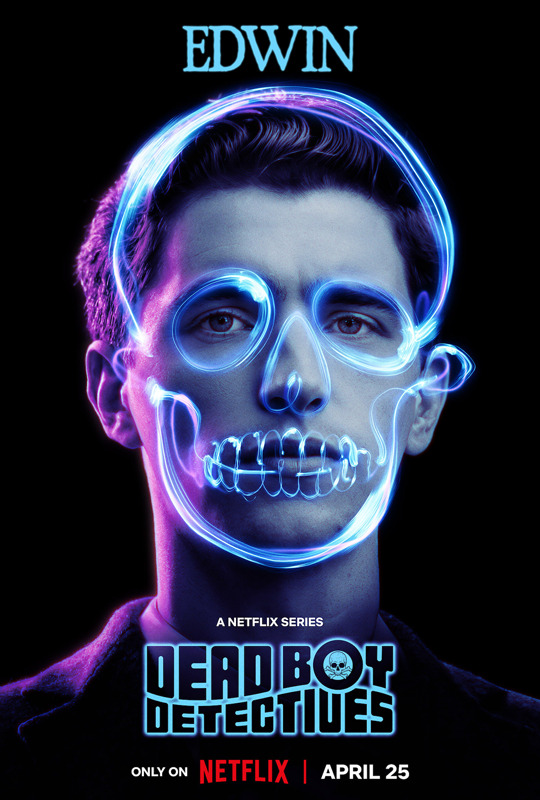
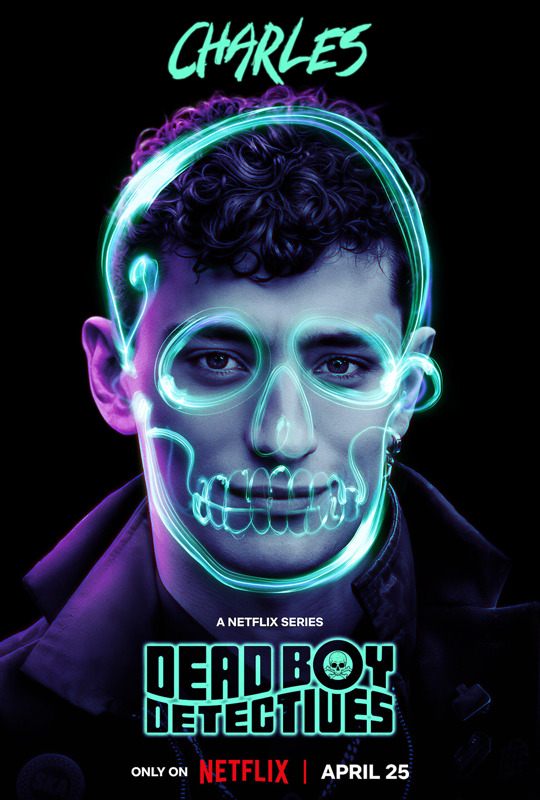


New Dead Boy Detectives character posters featuring Edwin Paine, Charles Rowland, Crystal Palace and Niko Sasaki
#dbdedit#dcedit#dcmultiverse#edwin paine#charles rowland#crystal palace#niko sasaki#tv#tv: dead boy detectives#posters#*#by: sanshou
26 notes
·
View notes
Text
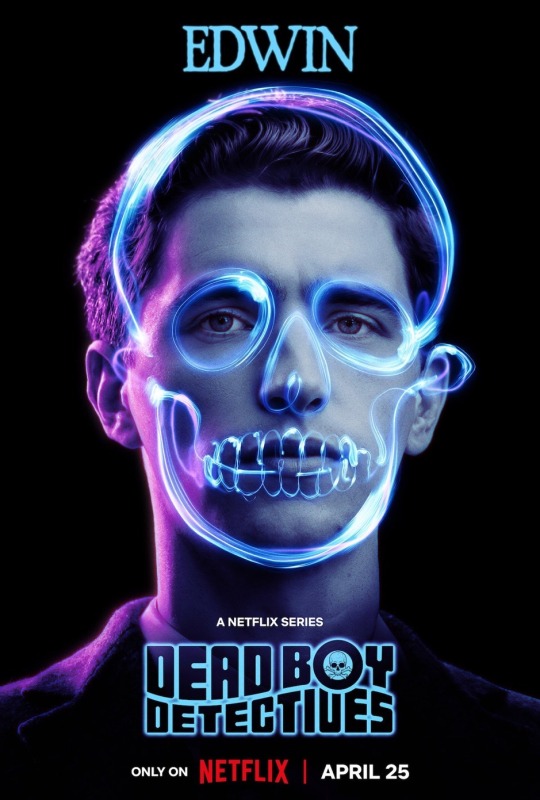
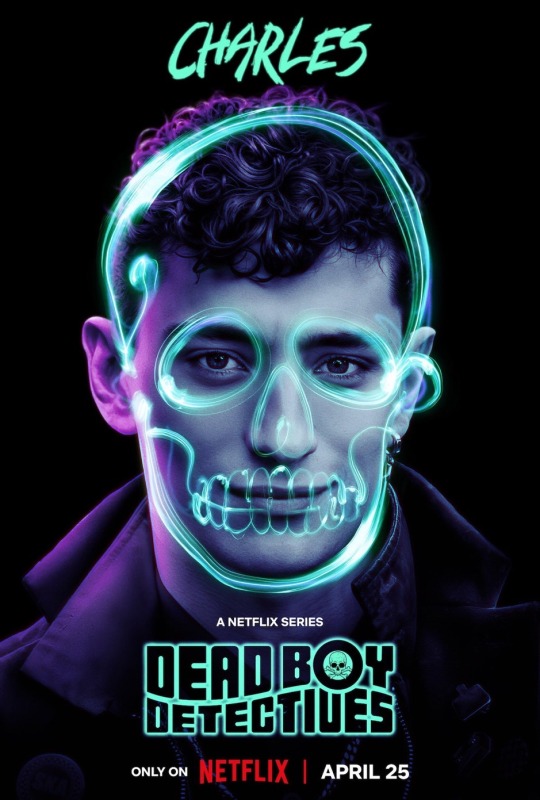


#dead boy detectives#Edwin payne#charles rowland#crystal palace#Niko Sasaki#everyone’s just tagging her as Niko guys she has a last name#but anyways#LOOK
17 notes
·
View notes
Text
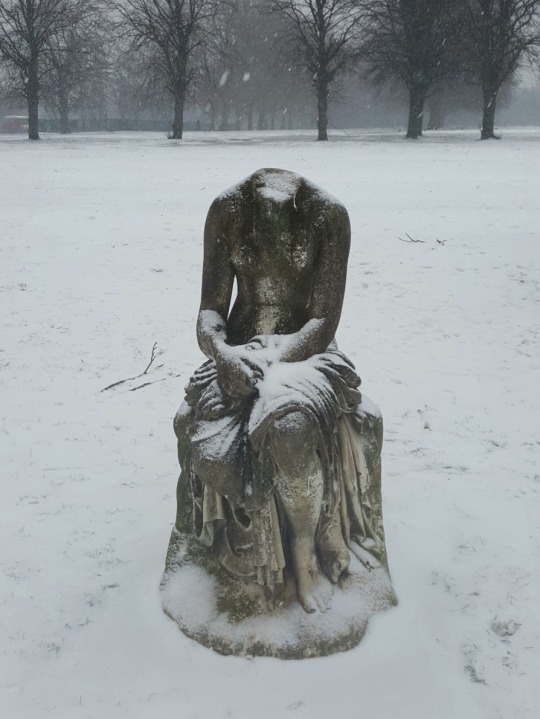
The Seated Woman
This one, situated at the top of the park - not far from the historical site of the Crystal Palace - is to be avoided at all costs. In 2004, a schoolboy using the statue as a goalpost rested his hand on her shoulder while defending a corner. It took the boy's friends several minutes to prise his hand free, during which time the unfortunate victim had been locked in a 'terrified trance.
2K notes
·
View notes
Text
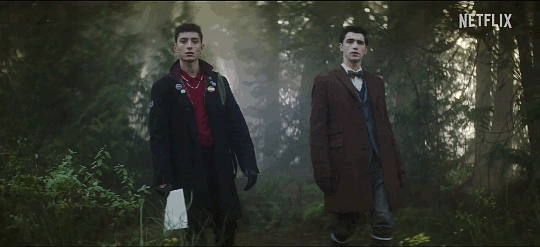
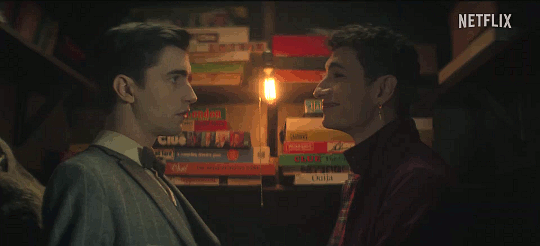


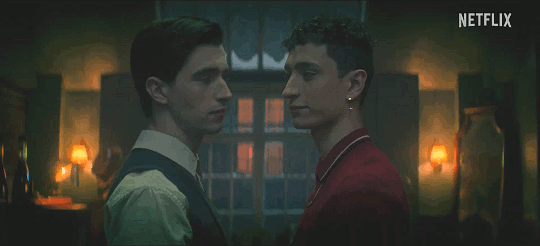

Edwin Payne and Charles Rowland in the trailer for Dead Boy Detectives (Netflix, 2024)
+ bonus team:
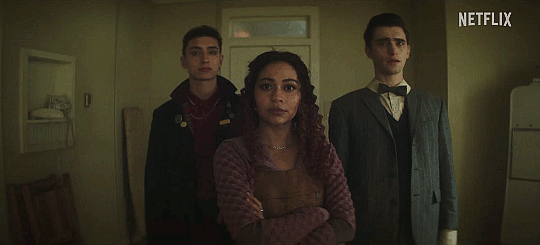
#dead boy detectives#sandman universe#charles rowland#edwin payne#the sandman#i know that no one can agree on how to spell edwin's surname but netflix seems to be settling on payne so.#i just figured i might as well get my charles/edwin agenda going early y'know.#please Look At Them. thank you. I squeeze them.#neil gaiman#shut up oscar nobody cares#omg i forgot to tag crystal#crystal palace
162 notes
·
View notes
Photo


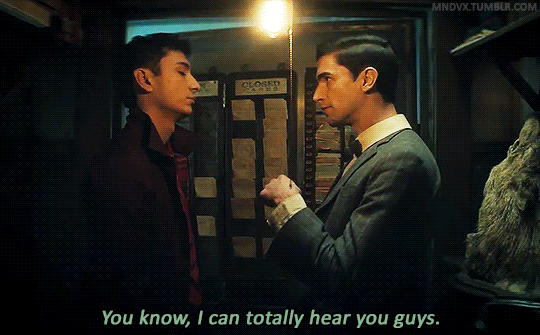
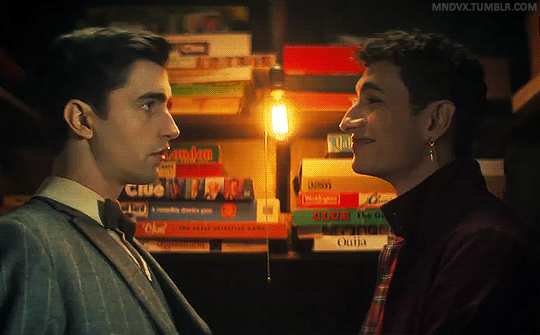
DEAD BOY DETECTIVES (April 25 2024)

#dead boy detectives#george rexstrew#jayden revri#kassius nelson#edwin payne#charles rowland#crystal palace#netflixedit#tvedit#dcedit#deadboydetectivesedit
174 notes
·
View notes
Text
Crystal Palace Field Trip Part 2: Walking With Victorian Dinosaurs
[Previously: the Permian and the Triassic]
The next part of the Crystal Palace Dinosaur trail depicts the Jurassic and Cretaceous periods. Most of the featured animals here are actually marine reptiles, but a few dinosaur species do make an appearance towards the end of this section.

Although there are supposed to be three Jurassic ichthyosaur statues here, only the big Temnodontosaurus platyodon could really be seen at the time of my visit. The two smaller Ichthyosaurus communis and Leptonectes tenuirostris were almost entirely hidden by the dense plant growth on the island.

Ichthyosaurs when fully visible vs currently obscured
Left side image by Nick Richards (CC BY SA 2.0)
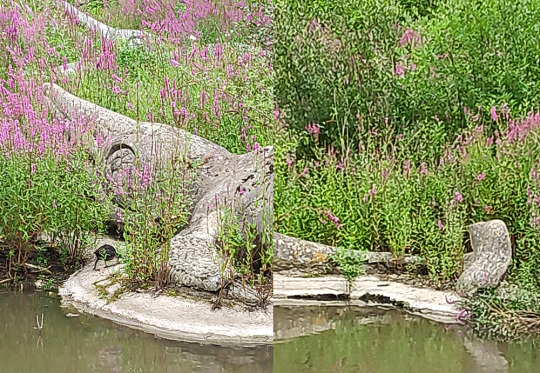
Head, flipper, and tail details of the Temnodontosaurus. A second ichthyosaur is just barely visible in the background.
Ichthyosaurs were already known from some very complete and well-preserved fossils in the 1850s, so a lot of the anatomy here still holds up fairly well even 170 years later. They even have an attempt at a tail fin despite no impressions of such a structure having been discovered yet! Some details are still noticeably wrong compared to modern knowledge, though, such as the unusual amount of shrinkwrapping on the sclerotic rings of the eyes and the bones of the flippers.

———

Arranged around the ichthyosaur, three different Jurassic plesiosaurs are also represented – “Plesiosaurus” macrocephalus with the especially sinuous neck on the left, Plesiosaurus dolichodeirus in the middle, and Thalassiodracon hawkinsi on the right.
They're all depicted here as amphibious and rather seal-like, hauling out onto the shore in the same manner as the ichthyosaurs. While good efforts for the time, we now know these animals were actually fully aquatic, that they had a lot more soft tissue bulking out their bodies, and that their necks were much less flexible.

———
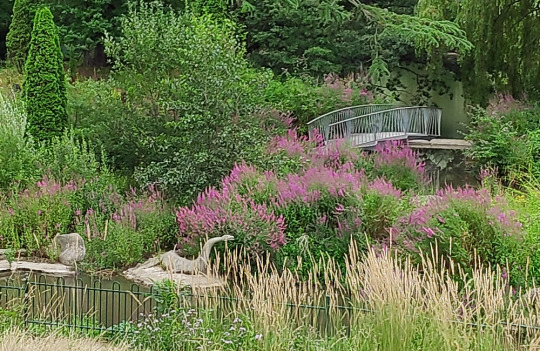
The recently-installed new pivot bridge is also visible here behind some of the marine reptiles.
———

Positioned to the left of the other marine reptiles, this partly-obscured pair of croc-like animals are teleosaurs (Teleosaurus cadomensis), a group of Jurassic semi-aquatic marine crocodylomorphs.

A better view of the two teleosaurs by MrsEllacott (CC BY-SA 4.0)
The Crystal Palace statues have the general proportions right, with long thin gharial-like snouts and fairly small limbs. But some things like the shape of the back of the head and the pattern of armored scutes are wrong, which is odd considering that those details were already well-known in the 1850s.

———
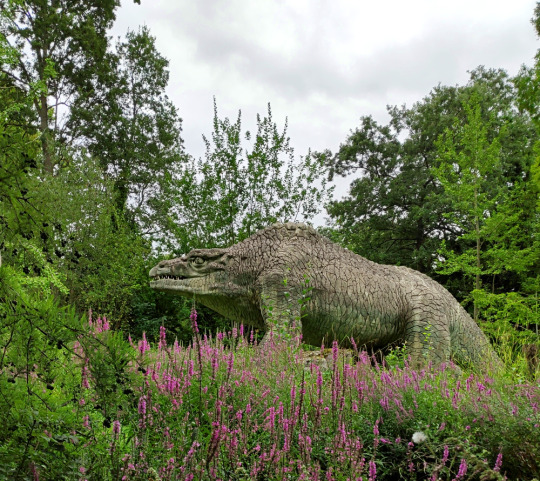
Finally we reach the first actual dinosaur, and one of the most iconic statues in the park: the Jurassic Megalosaurus!
Megalosaurus bucklandi was the very first non-avian dinosaur known to science, discovered in the 1820s almost twenty years before the term "dinosaur" was even coined.
At a time when only fragments of the full skeleton were known, and before any evidence of bipedalism had been found, the Crystal Palace rendition of Megalosaurus is a bulky quadrupedal reptile with a humped back and upright bear-like limbs. It's a surprisingly progressive interpretation for the period, giving the impression of an active mammal-like predator.
This statue suffered extensive damage to its snout in 2020, which was repaired a year later with a fiberglass "prosthesis".

———
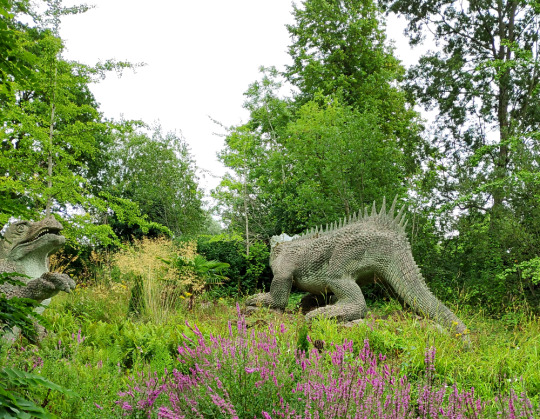
Reaching the Cretaceous period now, we find Hylaeosaurus (and one of the upcoming Iguanodon peeking in from the side).
Hylaeosaurus armatus was the first known ankylosaur, although much like the other dinosaurs here its life appearance was very poorly understood in the early days of paleontology. Considering how weird ankylosaurs would later turn out to be, the Crystal Palace depiction is a pretty good guess, showing a large heavy iguana-like quadruped with hoof-like claws and armored spiky scaly skin.
It's positioned facing away from viewers, so its face isn't very visible – but due to the head needing to be replaced with a fiberglass replica some years ago, the original can now be seen (and touched!) up close near the start of the trail.


———

Two pterosaurs (or "pterodactyles" according to the park signs) were also supposed to be just beyond the Hylaeosaurus, but plant growth had completely blocked any view of them.
Although these two statues are supposed to represent a Cretaceous species now known as Cimoliopterus cuvieri, they were probably actually modeled based on the much better known Jurassic-aged Pterodactylus antiquus.
A second set of pterosaur sculptures once stood near the teleosaurs, also based on Pterodactylus but supposed to represent a Jurassic species now known as Dolicorhamphus bucklandii. These statues went missing in the 1930s, and were eventually replaced with new fiberglass replicas in the early 2000s… only to be destroyed by vandalism just a few years later.
(The surviving pair near the Hylaeosaurus are apparently in a bit of disrepair these days, too, with the right one currently missing most of its jaws.)

Image by Ben Sutherland (CC BY 2.0)
The Crystal Palace pterosaurs weren't especially accurate even for the time, with heads much too small, swan-like necks, and bird-like wings that don't attach the membranes to the hindlimbs. Hair-like fuzz had been observed in pterosaur fossils in the 1830s, but these depictions are covered in large overlapping diamond-shaped scales due to Richard Owen's opinion that they should be scaly because they were reptiles.
But some details still hold up – the individual with folded wings is in a quadrupedal pose quite similar to modern interpretations, and the bird-like features give an overall impression of something more active and alert than the later barely-able-to-fly sluggish reptilian pterosaur depictions that would become common by the mid-20th century.

(Much like the statues themselves, the "modern" reconstruction above is based on Pterodactylus rather than Cimoliopterus)
———

The last actual dinosaurs on this dinosaur trail are the two Cretaceous Iguanodon sculptures. At the time of my visit they weren't easy to make out behind the overgrown trees, and only the back end of the standing individual was clearly visible.

Named only a year after Megalosaurus, Iguanodon was the second dinosaur ever discovered, and early reconstructions depicted it as a giant iguana-like lizard.
The Crystal Palace statues depict large bulky animals, one in an upright mammal-like stance and another reclining with one hand raised up. (This hand is usually resting on a cycad trunk, but that element appeared to be either missing or fallen over when I was there.)
Famously a New Year's dinner party was held in the body of the standing Iguanodon during its construction, although the accounts of how many people could actually fit inside it at once are probably slightly exaggerated.
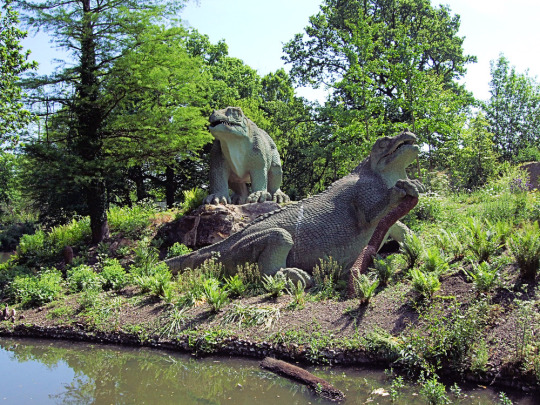
A clearer view by Jim Linwood (CC BY 2.0)
Considering that the skull of Iguanodon wasn't actually known at the time of these sculpture's creation, the head shape with a beak at the front of the jaws is actually an excellent guess. The only major issue was the nose horn, which was an understandable mistake when something as strange as a giant thumb spike had never been seen in any known animal before.

(The fossils the Crystal Palace statues are based on are actually now classified as Mantellisaurus atherfieldensis, but the "modern" reconstruction above depicts the chunkier Iguanodon bernissartensis.)
———
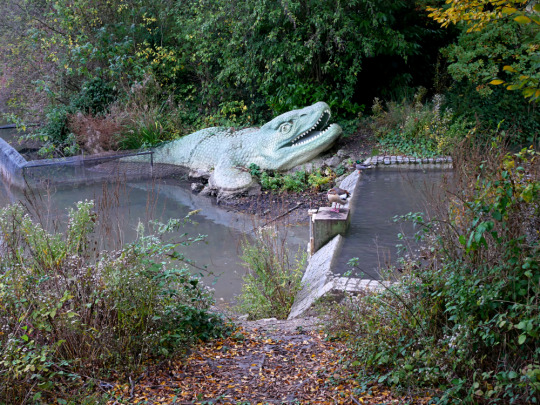
Image by Doyle of London (CC BY-SA 4.0)
I also wasn't able to spot the Cretaceous mosasaur on the other side of the island due to heavy foliage obscuring the view.
Depicting Mosasaurus hoffmannii, this model consists of only the front half of the animal lurking at the water's edge. It's unclear whether this partial reconstruction is due to uncertainty about the full appearance, or just a result of money and time running out during its creation.
The head is boxier than modern depictions, and the scales are too large, but the monitor-lizard like features and paddle-shaped flippers are still pretty close to our current understanding of these marine reptiles. It even apparently has the correct palatal teeth!

Next time: the final Cenozoic section!
#field trip!#crystal palace dinosaurs#retrosaurs#i love them your honor#crystal palace park#crystal palace#ichthyosaur#plesiosaur#teleosaurus#crocodylomorpha#marine reptile#megalosaurus#theropod#hylaeosaurus#ankylosaur#iguanodon#ornithopoda#ornithischia#dinosaur#pterodactyle#pterodactylus#pterosaur#mosasaurus#mosasaur#paleontology#vintage paleoart#art
445 notes
·
View notes
Text


A small herd of Crystal Palace Megalosaurus have stomped their way into my shop. These took a little longer to finish than I anticipated but they're done now!!
You can find them on my website www.palaeoplushies.com
245 notes
·
View notes
Text
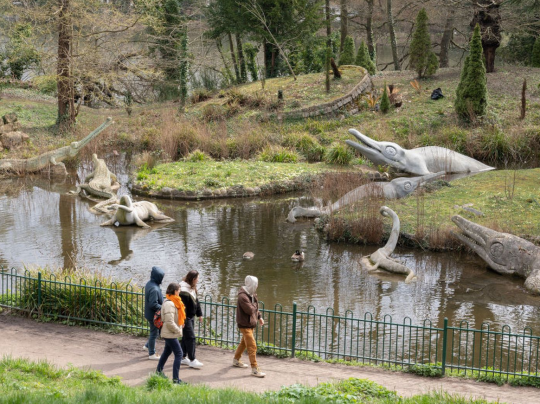
[ Visitors pass by some of the iconic sculptures of prehistoric life within Crystal Palace Park. Photo by Richard Baker. ]
"When the Crystal Palace and Park opened in south London in 1854, it was an instant sensation. Visitors came from far and wide to see the giant glass structure that had been rebuilt there, bigger and better, after the Great Exhibition of 1851 in Hyde Park. Wide-eyed spectators wandered freely through Egyptian and Medieval Courts, delighted in high-wire circus acts, and were transported by a 4,000-piece orchestra.
Tucked away in a corner of the vast gardens that fanned out from the palace, past sweeping terraces and more fountains than even at Versailles, was a smaller but no less ambitious attraction. Scattered across several islands in the middle of a lake stood three dozen life-size sculptures of prehistoric animals, including several dinosaurs up to 30 feet long—the world’s first attempt to model them at full scale.
The Crystal Palace Dinosaurs were the work of Benjamin Waterhouse Hawkins, a natural history artist who, aided by some of the leading scientists of the day, had dreamt up a grand experiment in visual education, bringing to life the “dry bones or oddly shaped stones” found in the British Museum and introducing the masses to the burgeoning science of paleontology. By reconstructing Britain’s long-extinct animals, he hoped to “render the appearance and names of the ancient inhabitants of our globe as familiar as household words.”
The palace burned down in the 1930s, but, almost 170 years after they were crafted, most of Hawkins’ original sculptures still stand sentry in the park. Today, they’re mostly famous for being wildly inaccurate. With few complete fossils to work off, Hawkins had to use his imagination and the advice of comparative anatomists to breathe life into his models, which, in addition to four true dinosaurs, also depict prehistoric mammals, reptiles and amphibians. As a result, the sculptures look suspiciously like many modern-day creatures.
“People kind of scoff and giggle, because they look so wrong today, but at the time they were really cutting-edge,” says Bob Nicholls, a paleoartist who, through careful study of archival images, recently reconstructed a lost sculpture that had disappeared from the park sometime in the 1960s. His tapir-like model of Palaeotherium magnum, an animal we now know looked a lot more like a horse, was unveiled in July and now stands among Hawkins’ own surviving creations."
Read more: "How a Victorian Dinosaur Park Became a Time Capsule of Early Paleontology" by Yannic Rack.
#palaeoblr#Crystal Palace#Crystal Palace Dinosaurs#Dinosaurs#Article#Information#London#England#Photo#Sculptures
261 notes
·
View notes
Text
I just know that i'm gonna love niko <3

71 notes
·
View notes
Text
ONE WEEK UNTIL DEAD BOY DETECTIVES

#dead boy detectives#charles rowland#crystal palace#edwin payne#edwin paine#niko sasaki#jayden revri#kassius nelson#george rexstrew#yuyu kitamura#netflix#the sandman
28 notes
·
View notes
Text
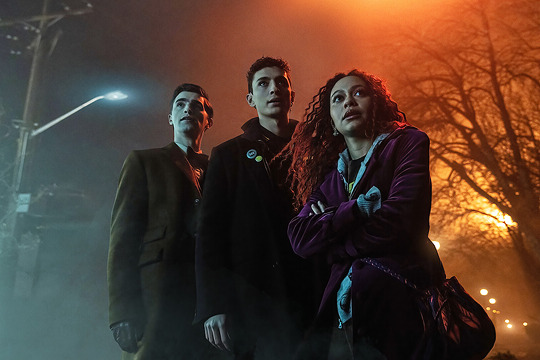
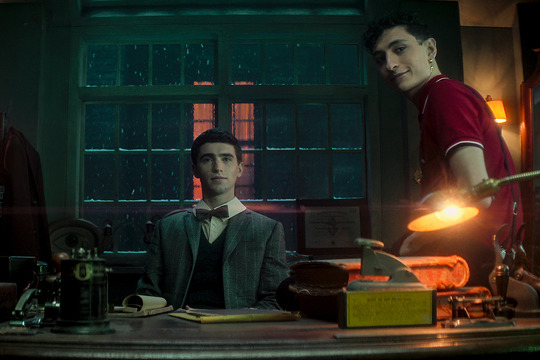
First look at Edwin Payne, Charles Rowland & Crystal Palace in DEAD BOY DETECTIVES
#dbdedit#dcedit#dead boy detectives#sandman#the sandman#dcmultiverse#dcfilms#dailynetflix#edwin paine#charles rowland#crystal palace#tv#tv: dead boy detectives#stills#*#by: sanshou
125 notes
·
View notes
Text

gay people meeting up for brunch
#dead boy detectives#Edwin Payne#charles rowland#crystal palace#Niko Sasaki#only two of them are gonna eat brunch but they are gay people going to brunch
206 notes
·
View notes
Text


Benjamin Waterhouse Hawkins with his statue of the Irish elk, Megaloceros, [1853?]
https://ansp.org/research/library/archives/0800-0899/hawkins803/
61 notes
·
View notes
